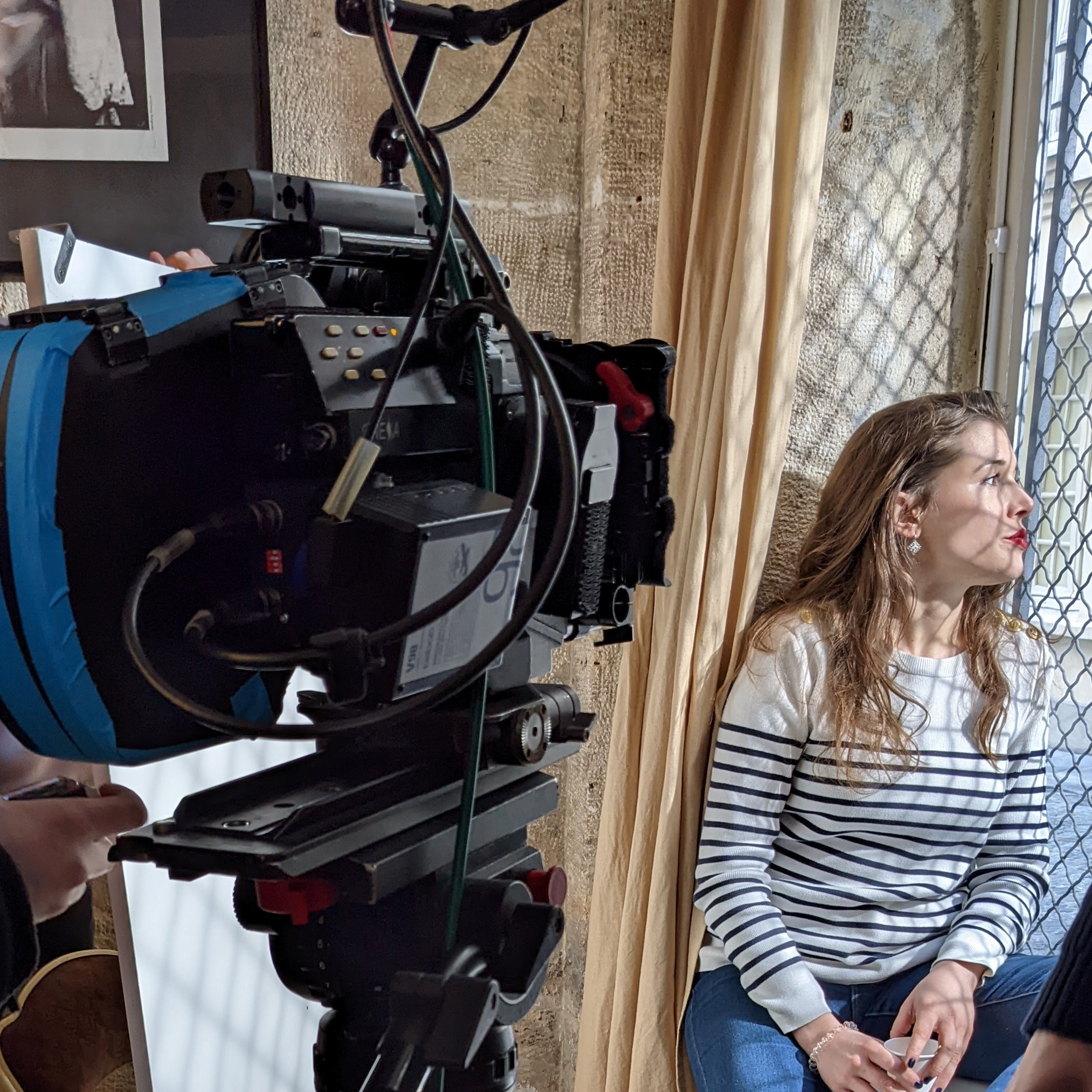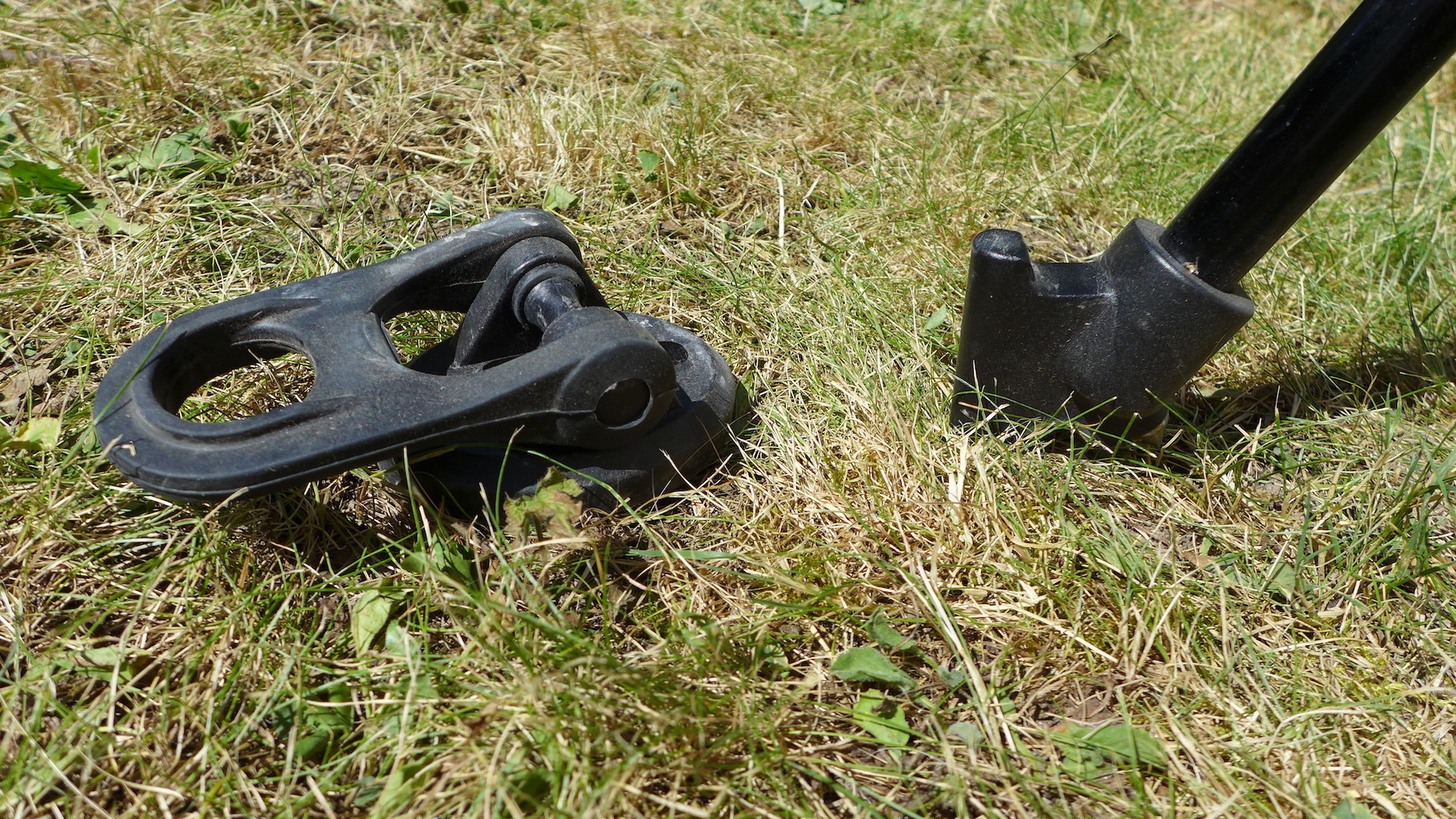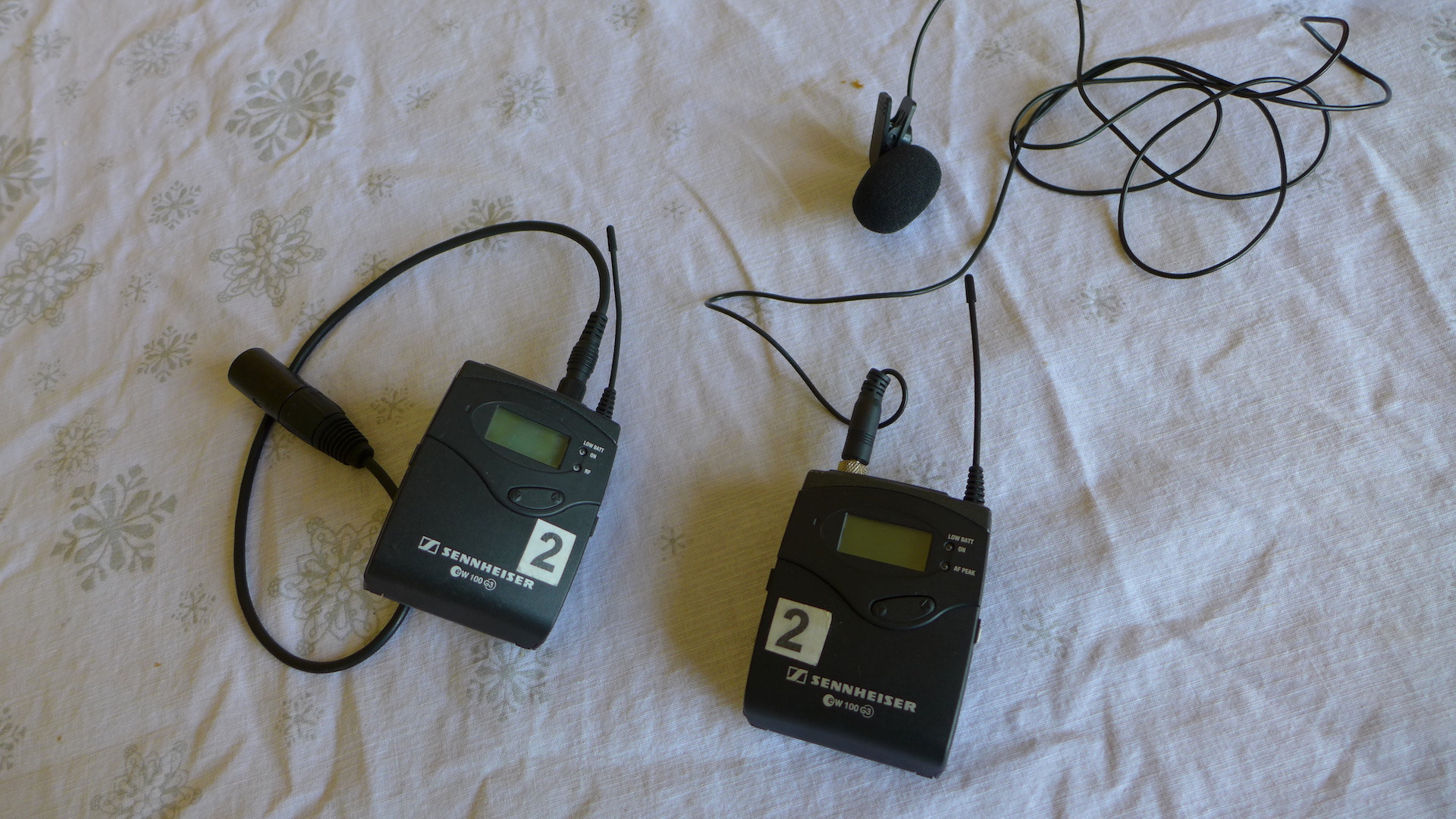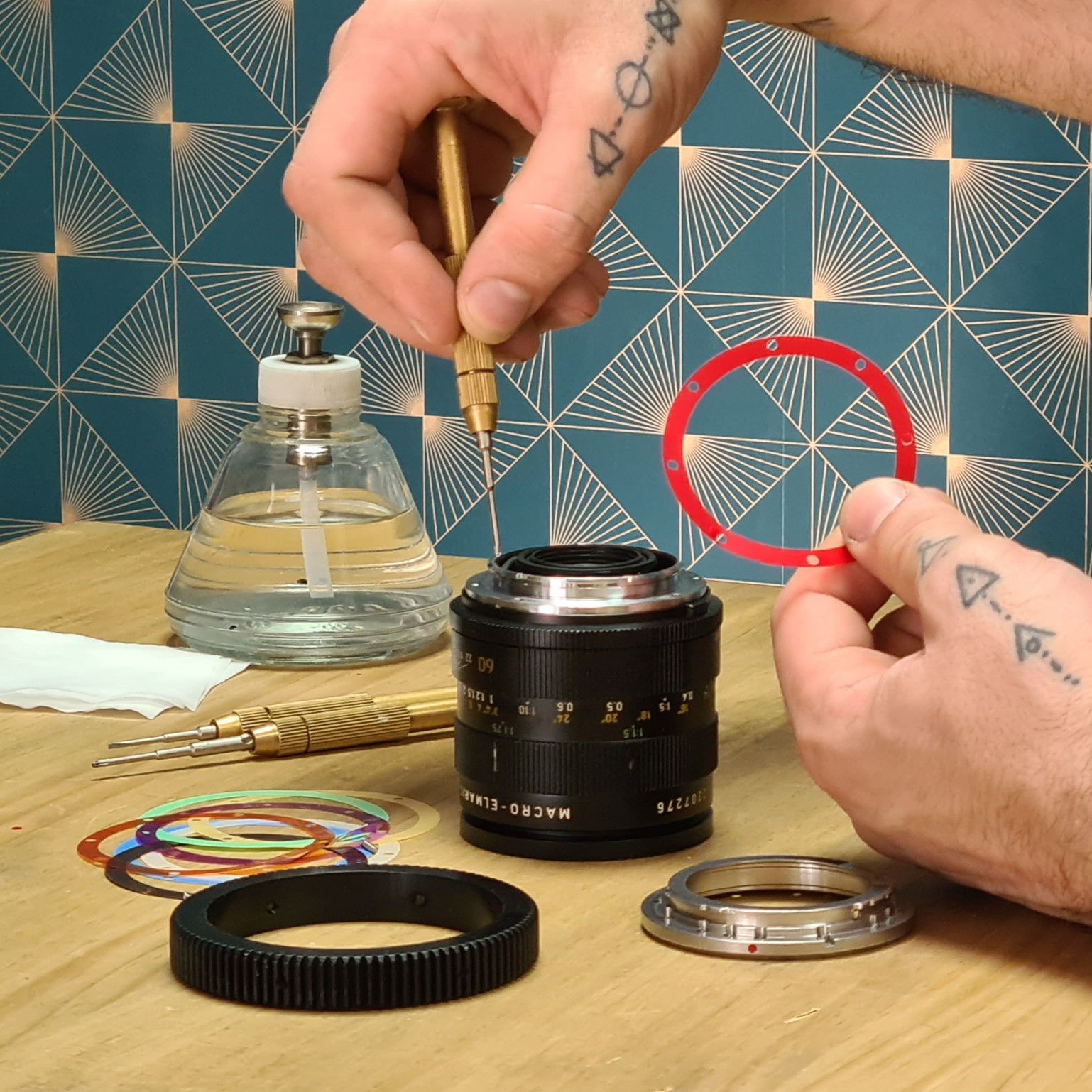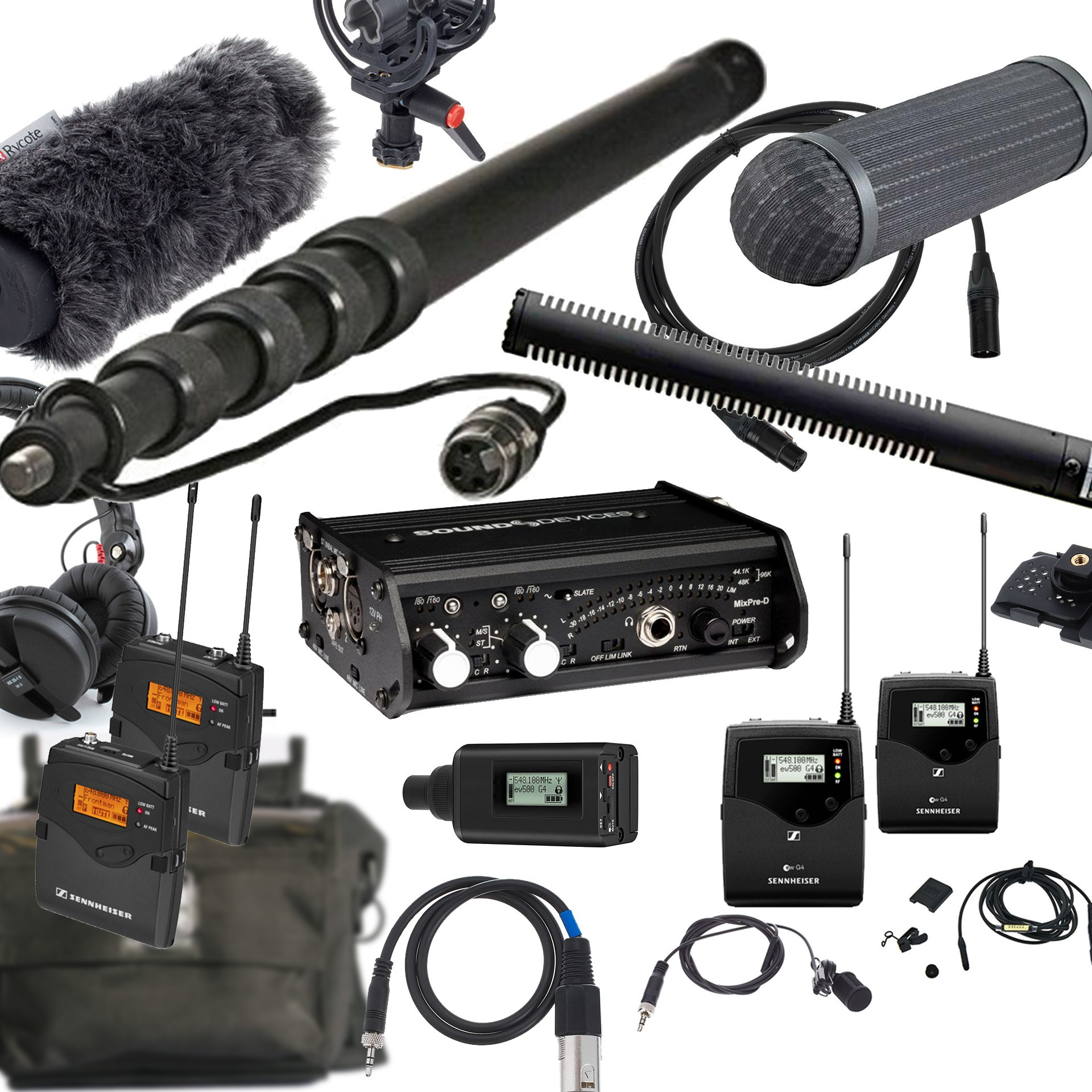Dismiss Notice
Nos Formations Etalonnage avec Forest reviennent en octobre !
Adoptez une réelle méthodologie d'étalonnage professionnelle et atteignez vos objectifs créatifs avec nos formations intensives sur 3 jours
Toutes les infos
Toutes les infos
Dismiss Notice
 Formation Lumière - Pratique Intensive du 14 au 16 octobre à Paris
Formation Lumière - Pratique Intensive du 14 au 16 octobre à Paris
Formez-vous avec cet atelier de pratique intensive dans des conditions exceptionnelles ! Formation finançable.
Toutes les infos
Trv900 Panne !!!!
Discussion in 'Astuces, bidouilles et bricolages' started by drupka, Oct 17, 2006.
Tags:
Loading...
- Similar Threads - Trv900 Panne
-
- Replies:
- 1
- Views:
- 1,216
-
- Replies:
- 1
- Views:
- 912
-
- Replies:
- 6
- Views:
- 114
-
- Replies:
- 0
- Views:
- 427
-
- Replies:
- 3
- Views:
- 623



